
History of Crown Heights: The History of Lubavitcher Rebbe Way
President Street between Brooklyn and New York Avenues, today known as Lubavitcher Rebbe Way, is steeped in a rich history of leadership, charity, community, and Jewish pride.

President Street between Brooklyn and New York Avenues, today known as Lubavitcher Rebbe Way, is steeped in a rich history of leadership, charity, community, and Jewish pride.
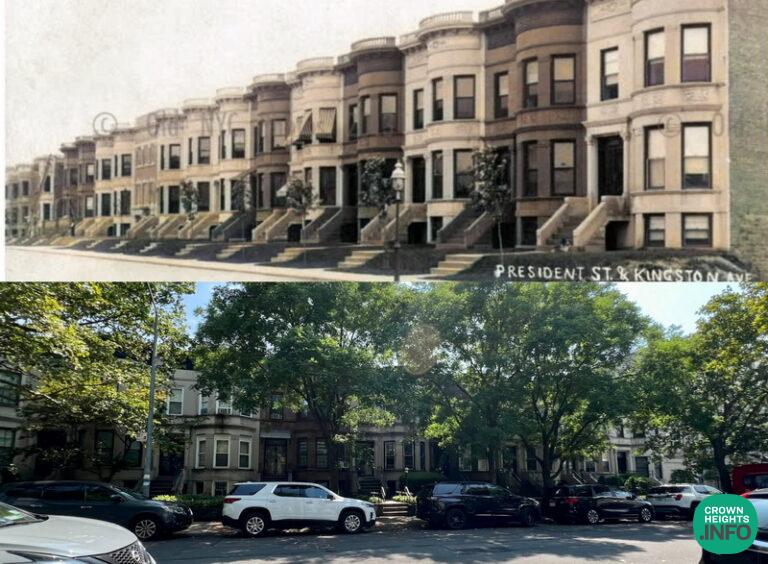
In 1909, the second phase of development in Crown Heights began. Fanshaw Construction completed “Spotless Town” and built a row of houses on President Street to the left of 1414.
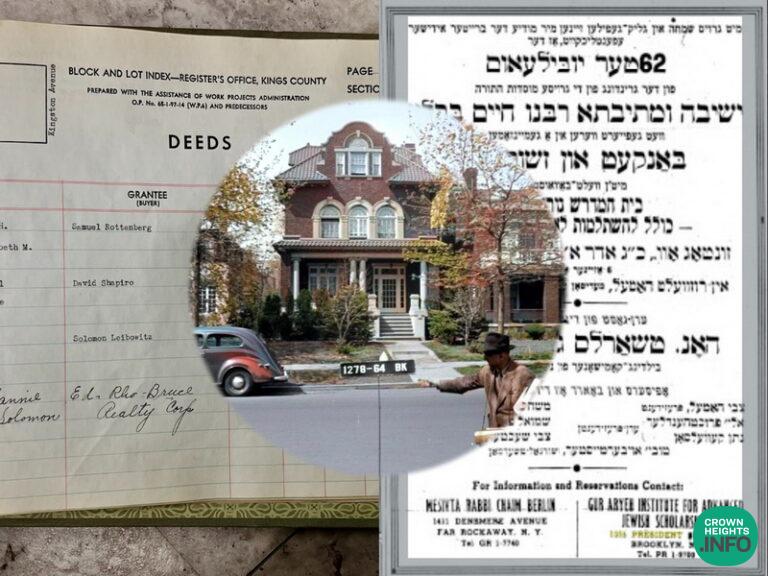
1355 President Street carries a rich history tied to several notable figures and events. This beautiful house, often overlooked by passersby, boasts a legacy that intertwines class, philanthropy, and community involvement.

by Crown Heights Historian Shmully Blesofsky VIA his Instagram account History of Crown Heights. 305 Kingston Avenue is a building with a uniquely designed exterior and an interesting story. Located in the heart of Crown Heights on Kingston Avenue and […]

There are many different styles of row houses in Crown Heights specifically on Union, President and Carroll Streets. 461-479 Crown Street is the townhouses I want to look at today.
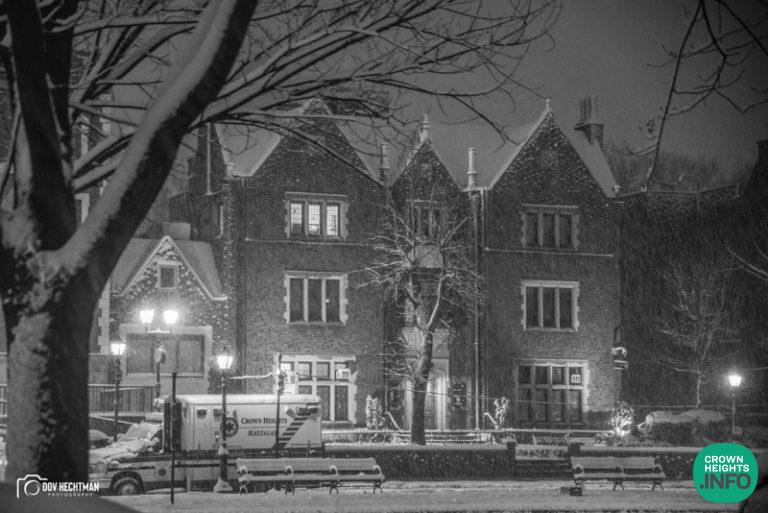
When studying history, it is sometimes difficult to isolate the truly remarkable and substantial events that created the world of today. To help understand the world that is Crown Heights, Historian Shmully Blesofsky purifies, distills – and some might say drinks as well – the truly significant incidents that created the Schunah.
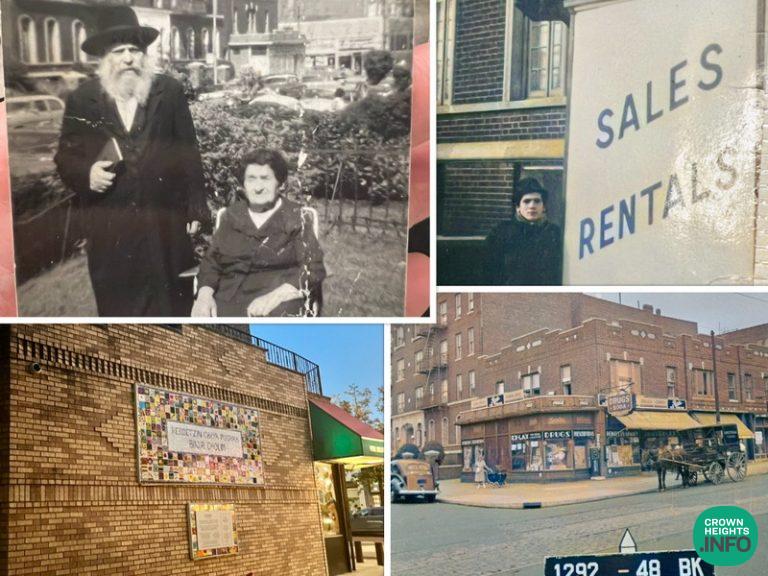
The land on which our beloved neighborhood pharmacy, Apple Drugs, now stands was once part of the J. Spader estate. Once a pharmacy, always a pharmacy.
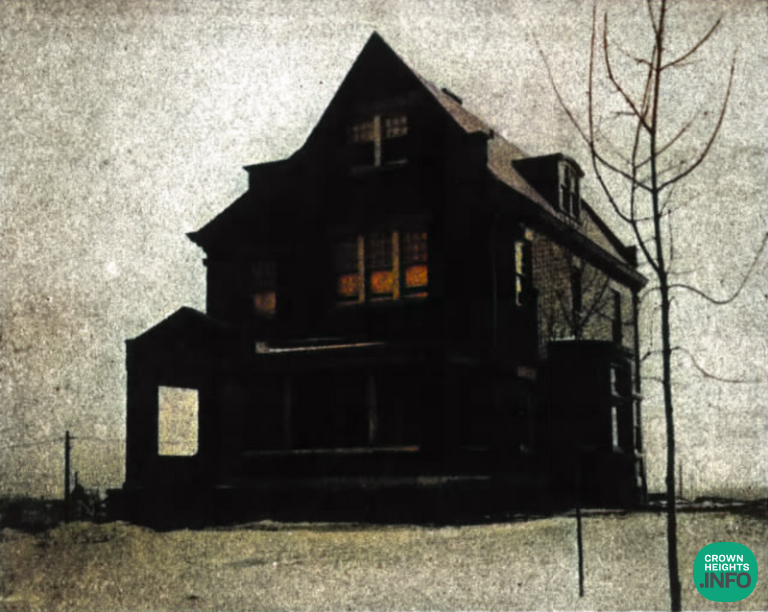
The house at 1382 President Street was originally part of the Sother property in the early 1900’s. Today it is owned by Harav Moshe Bogomilsky. This is its story.
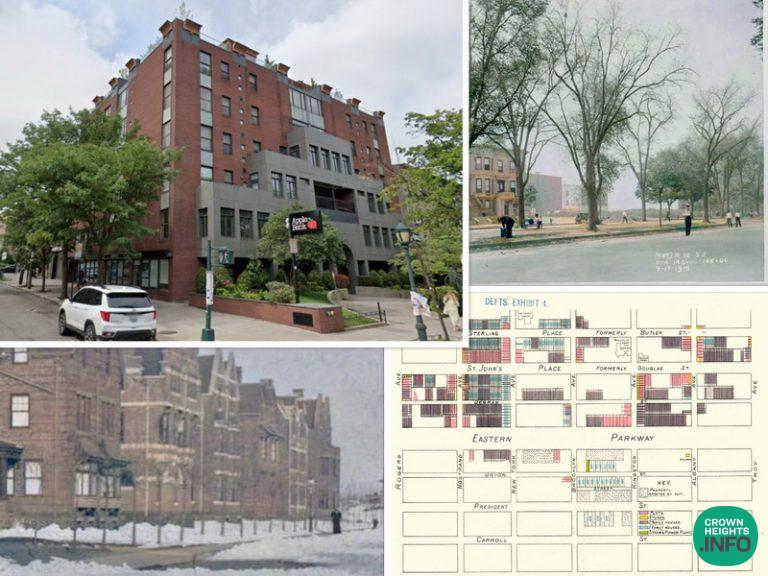
We’re all familiar with the southwest corner of Eastern Parkway and Albany Avenue, now home to a new luxury condominium building. This corner has always symbolized the new wave of development in Crown Heights, but it also has an interesting history worth exploring.
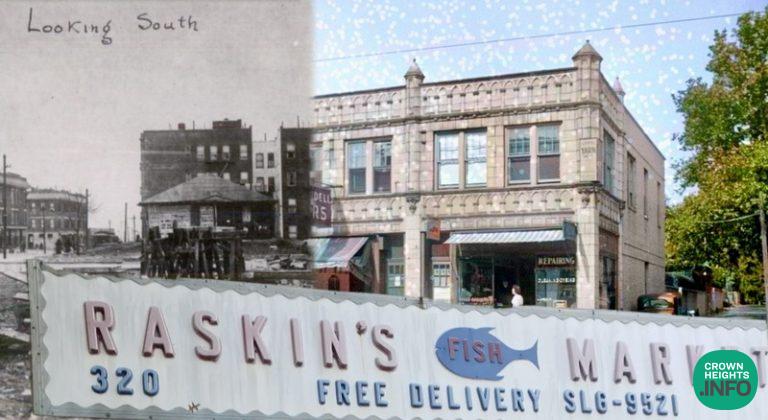
At the intersection of President and Kingston Avenues stands one of the most recognized storefronts in Crown Heights—the legendary Raskin’s Fish Market. This iconic shop, one of the oldest in the neighborhood, has been a cornerstone of the community for decades.
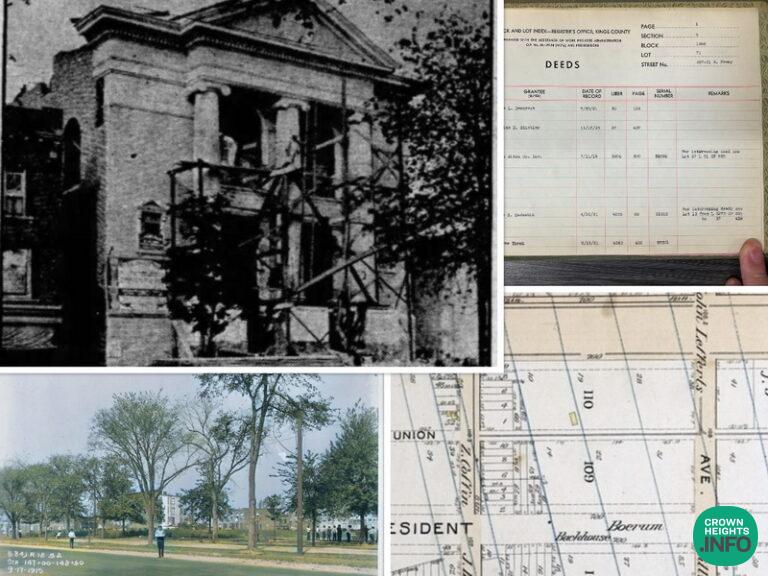
At 885 Eastern Parkway stands a majestic neoclassical building, which is currently home to The United Lubavitcher Yeshiva Mesivta and Zal. The building has a rich history spanning over 100 years, beginning in the early 20th century, so let’s delve into its story.
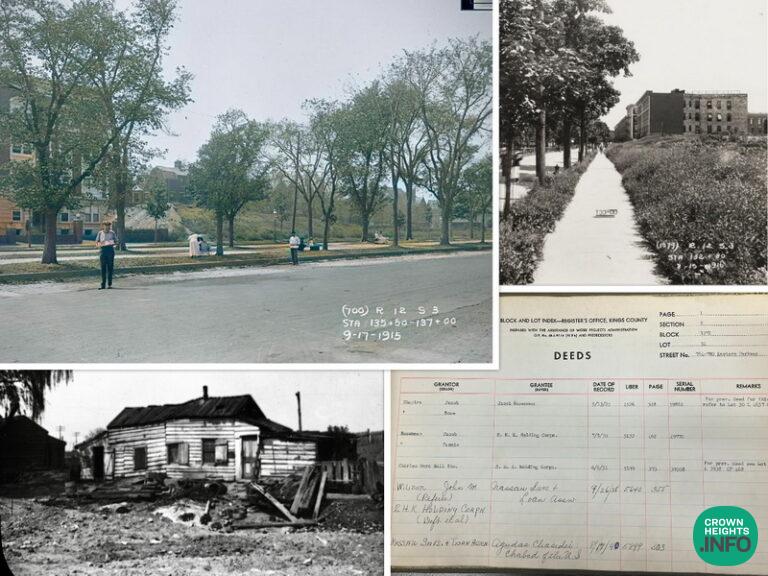
Before Eastern Parkway was created in 1870, the grounds of 770 were part of the N.E. Mason farm. Not much is known about these farms since they were secondary properties barely inhabited on the edge of the then city of Brooklyn before development began.
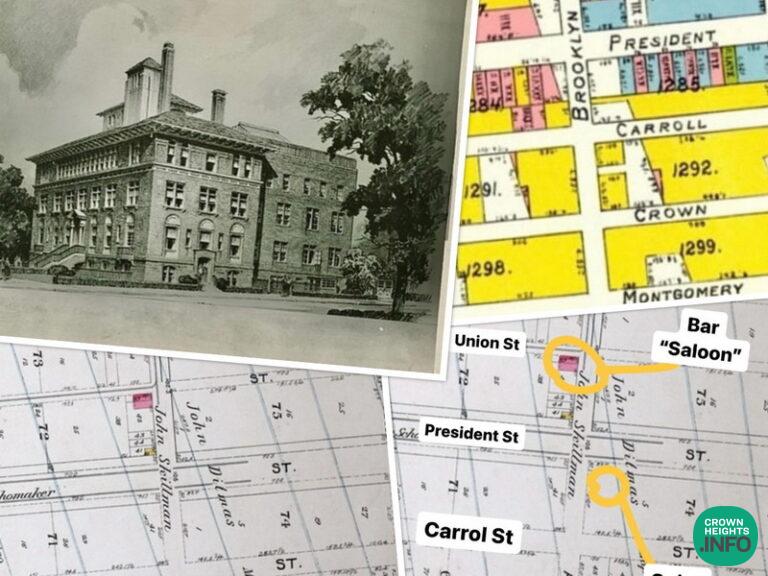
This is an interesting chapter of the era we will call “predevelopment”, yet post the squatters era or established farmers era. Fascinating to find out what was Crown Heights before it was Crown Heights.
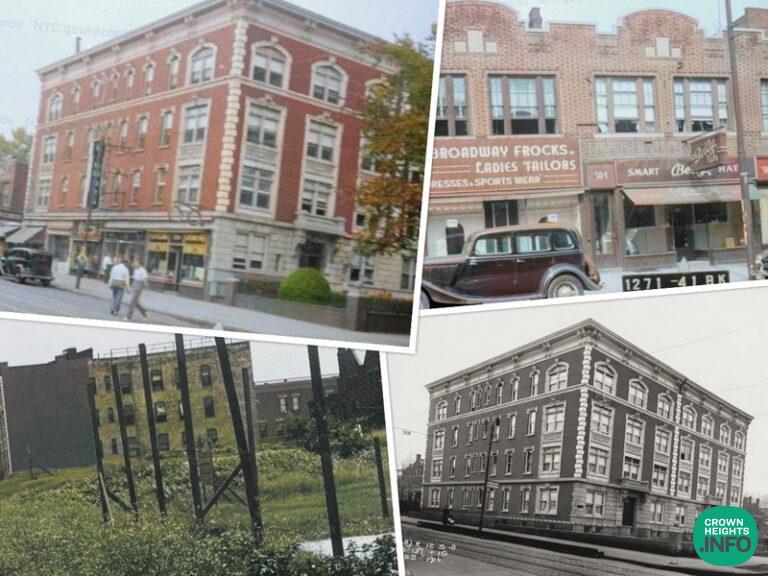
In the mid 1960’s 788 and 784 Eastern Parkway were purchased by Aaron Klein who gifted them to the Rebbe. The first extension was completed in late 1968, and a second extension in 1978 when the shul was extended to Kingston Avenue. This is the History of that building.
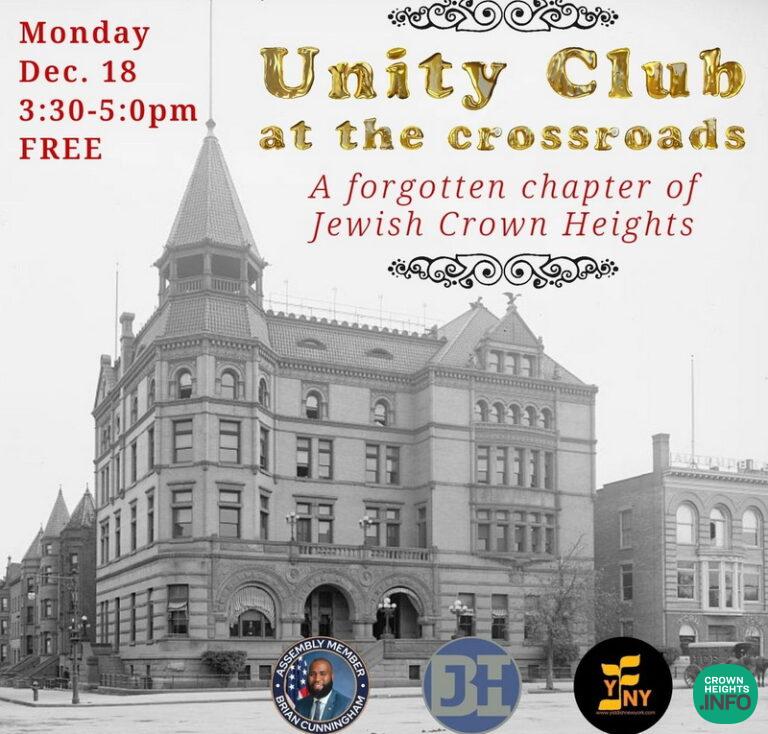
Beginning in 1914, this upscale Jewish club met there at 19 Rogers Avenue at Dean to plan wildly ambitious efforts to transform Brooklyn. By 1944, the club moved to Park Slope and another transformative movement took residence: the first Chabad yeshiva in the USA.
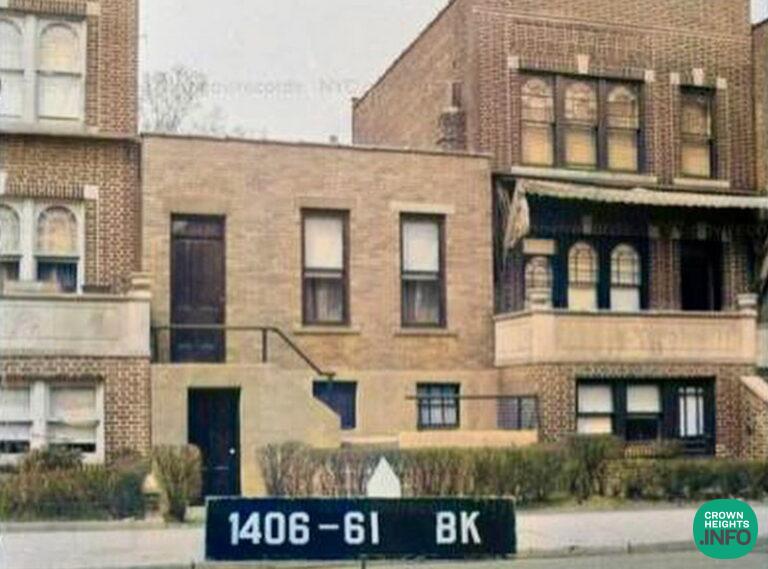
1481 Carroll Street is a house that remains unassuming, yet it caught my attention during my walks, leading me to delve into its history.

Have you ever wondered why some blocks in Crown Heights have buildings situated in the middle of the block?